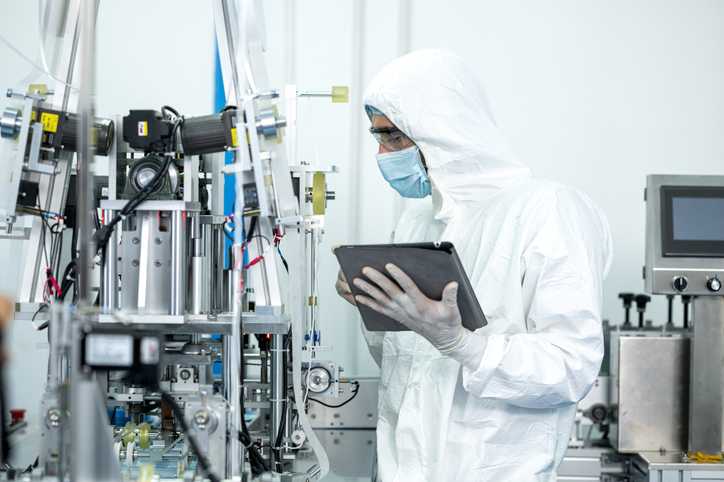High-throughput process development (HTPD) based on combining digital twins and experimental results speeds process development and helps scientists perform more screenings with fewer experiments. A novel, structured hybrid approach was recently described in the Journal of Chromatography A by first author Tiago Castanheira Silva, PhD candidate, and Marcel Ottens, PhD, professor of bioprocess engineering, both at Delft University of Technology, and Michel Eppink, PhD, special professor, bioprocessing engineering, Wageningen University.
This approach focuses on the experimental, computational, and decision-making that influences various stages of process development for the capture and first polishing steps for monoclonal antibodies (mAbs). The goal was to minimize experiments and to use models that are predictive of chromatographic behavior and are as simple as possible.
The methodology involved high-throughput screening, mathematically modeling the chromatography step, in silico column experiments, physical column experiments to validate the in silico models, and final process design.
As Silva tells GEN, “This work highlights the importance and advantages of implementing a digital twin for process development. Accurate mathematical models have the ability to screen numerous operating conditions [such as flow rate, column sizes, number of columns, percentages of breakthrough to be achieved, etc.] much faster than is possible experimentally and at a greatly reduced cost, thus minimizing the need to expend materials and consumables in vast screening stages.”
For models, the team chose transport-dispersive (a lumped kinetic model), the solid-film linear driving force model to describe mass transfer, and the Langmuir model to describe adsorption equilibrium. Breakthrough curve experiments were used to correlate the overall mass transfer coefficient with mAb concentration.
Predicted results correlated with those of the experiment, thus validating this approach and its applicability.
Pure mAb screenings sufficient
When there is enough sample, high-throughput screening of the resins is always advisable, the authors say. Because unexpected results—both positive and negative—are possible, they advise building an adsorption database. Their screening of Protein A and cation ion exchange resins show MSPrismA and MSSpcc (by Cytiva) “clearly outperformed the other resins,” offering an adequate maximum flow rate and the most rectangular isotherm shape.
“The harvest data shows that the screening with the pure mAb gives enough confidence in the estimation of relevant adsorption parameters for Protein A resins,” they determined. “This implies that, for future ProA-based process development, it is most likely not necessary to screen resins using the harvest solution.”
For column experiments, higher flow rates exhibited earlier breakthrough of protein from the column, thanks to lower residence times. “This leads to under-utilization of the resin in the column,” they note.
Furthermore, fitting the overall mass transfer coefficient parameter to the experimental breakthrough curve was straightforward, and “eliminates the need to have laborious mathematical descriptions for this parameter whilst providing accurate results without requiring extra experiments.”
This approach shows good predictive results for a range of feed concentrations and overall chromatographic behavior, they concluded.


